A daring concept, beautifully presented, The Artist became the cinematic phenomenon of 2011. Working on the idea of a modern silent film, this was a project years in development for director and screenwriter, Michel Hazanavicius.
The Artist was initially put on limited release, and soon became a hit with audiences and critics. Winning 5 Academy Awards, including Best Picture and Best Director, what could be assumed to be a niche, avant-garde experiment, became a celebration of cinema; the past, its present and the films yet to come.
Hazanavicius drops us right into Hollywood’s silent era. We are in 1927, and George Valentin (a star-making role for Jean Dujardin) is at the high point of his career. Making film after film, Valentin has legions of adoring fans and a cushy lifestyle. Life is good for Valentin – he knows the rules of the game and plays it extremely well. Classically handsome, he belongs to the black and white world of silent cinema completely.
Attending the premiere of his latest film, Valentin stops to pose for red-carpet photos. A girl in the crowd accidentally drops her purse and scrambles underneath the police cordon to fetch it. Peppy Miller (a role written for Berenice Bejo) slips and ends up on the wrong side of the cordon, standing right next to Valentin. They pause awkwardly as the press waits to see what George will do. He laughs, he smiles. Miller – an aspiring actress – picks up on the cue and gives him a kiss on the cheek. The camera bulbs flash wildly, and they make the front page.
We see Miller the next day, headline news but still unknown, making her way to another audition. A dancing girl for hire, Miller catches the attention of studio executives – thanks to another chance meeting on-set with Valentin. Bright, sparky and with a bit of spice added by Bejo, Miller is perfectly placed to become Hollywood’s next ‘IT’ girl.
Valentin is called into a meeting at his studio, Kinograph, the day after his premiere. The studio heads want to discuss the emerging technology of sound on film. The Jazz Singer has been a huge hit. The studio is keen to capitalise on this, and move into the sound era. George is reluctant – he thinks sound is a gimmick. Silent film is all he knows.
We move a couple of years into the 1930’s, and Valentin has not weathered the depression, or the shift towards sound, at all well. Clinging to the last remnants of silent film-making, he sinks every dime he has into an ill-fated adventure film. It tanks at the box office, and George’s life begins to crumble around him.
Hazanavicius creates the world of silent cinema with such care, that The Artist at times feels like a newly-discovered gem. Cinematographer Guillaume Schiffman replicates techniques used in silent cinema, even foregoing zoom shots as these were not in use during this period.
Key to the making of this film, Hazanavicius has the luxury of borrowing from both Hollywood’s archive and its more recent past. It is an advantage he plays to dazzling effect. Hazanavicius muses not only on the price of stardom, but the kaleidoscopic effect of influence still at work today. The Artist layers reference upon reference: during the film’s climatic scenes, we hear Bernard Herrmann’s lush, dramatic score from Vertigo. While this juxtaposition did not please Hitchcock’s star, Kim Novak, Hazanavicius gives the film fan much to play with. George Valentin, based on real-life silent star Douglas Fairbanks, also owes as much to Gene Kelly’s alter-ego, Don Lockwood. In her supporting role, Bejo’s Miller is the heir of Mary Pickford and Clara Bow.
Meeting at Kinograph’s offices, Miller is now the rising star, while Valentin has just talked himself out of a contract. Miller breezes in, wearing lightweight silk and two boy-toys trailing along behind her. Valentin trudges down the stairs, weighted down in his heavy tweeds. Miller enjoys playing the role of a star rather too much – we see her giving a cringe-making interview, waltzing into a restaurant decked out in furs. She delivers what she imagines people want to see from a star. Attitude, and plenty of it.
Bejo borrows not just from Pickford and Bow, but from 1930’s straight shooters Carole Lombard and Jean Harlow. The Artist also jumps from decade to decade: the scene where Miller excitedly tells Valentin about her day filming directly references the 1954 version of A Star is Born. Judy Garland regales James Mason in song, but the effect is the same. Both men have seen better days, and the world has moved on without them.
Miller is a composite of former leading ladies, but Bejo makes her feel contemporary by giving her a voice. Standing up to studio executive Al Zimmer (John Goodman), she quickly realises that her popularity has brought her power. We tend to think of these stars as being without agency, but look at performances from this time – in particular, Jean Harlow in Red Dust – and it’s evident that simpering girls were not the only currency in town. Harlow’s brand of Hollywood blonde came armed with intelligence and wit, and that complexity informed the next generation of stars, most notably Marilyn Monroe.
In utilising cinema’s recent and more hidden past, The Artist strikes a surprising note in the final scenes. As Valentin and Miller team up to explore the possibility of musicals (which we know will prove highly lucrative; Hollywood’s Golden Era is just around the corner), they have fortified their careers not by staying true to themselves, but adapting, and adapting to the point where previous achievements are not only forgotten, they are swept under the carpet. Described by Zimmer as a ‘silent film star’, and therefore of no further use, Valentin has to become sound personified (tap dancing us out to the credits) in order to remain relevant. In 2011, this film was cited as a brilliant example of how to engage an audience in the middle of an economic depression. Adapt and survive. It’s a good strategy, but one born out of necessity rather than choice. Reading the film now, The Artist’s conclusion has lost that sense of chin-up optimism. For all the emphasis on individuality and giving the studio something they don’t have, Peppy and George are still part of the machine.
In looking at the impact this has on the individual, The Artist ended up becoming part of the cinematic language used by emerging talent. Damien Chazelle’s 2017 hit La La Land explores the route to stardom nearly a century on from Valentin and Miller. Its lead, Mia (Emma Stone) struggles to define herself within the confines of Hollywood’s thirst for sequels and franchises. Shrugging off the exuberant past of the musical George and Peppy are about to innovate, here song and dance becomes casual and unstudied; a way of expressing what cannot be said in Chazelle’s culturally-arid Hollywood. The film ends with Mia also adapting, but this time the compromise is personal rather than professional. While The Artist refuses to break the formula, La La Land sidesteps it altogether, choosing to riff in glorious technicolour. La La Land’s desire to please even gives us two endings, but The Artist asks the more difficult questions. Even in their moment of triumph, we know that Peppy and George’s partnership will not last forever. They will age, and Hollywood will seek out the new and the next. We are watching a moment that has already been and gone.
The Artist’s refusal to look away from the reality of film-making, in particular how the ‘artist’ is built, means that in celebrating the creativity of the silent era, the film also acknowledges that the system for producing talent had the potential to extinguish it altogether.
Even now, argues Hazanavicius, Hollywood’s dependence on the familiar is so firmly rooted in its DNA, that the price of stardom is inevitable. The ingénue becomes old hat quickly enough. But what The Artist does is to chart the influences that have endured. Learning where to compromise and when to hold your ground will always be part of Hollywood, but every artist has a point of difference. We do not make the same journey twice. As the kaleidoscope moves – new names, different characters – another story begins.
Helen Tope
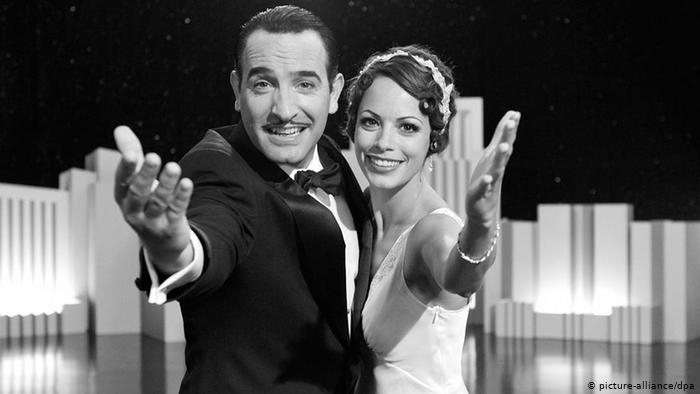
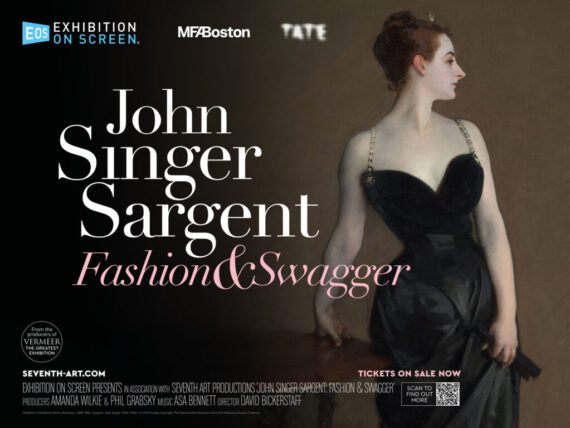
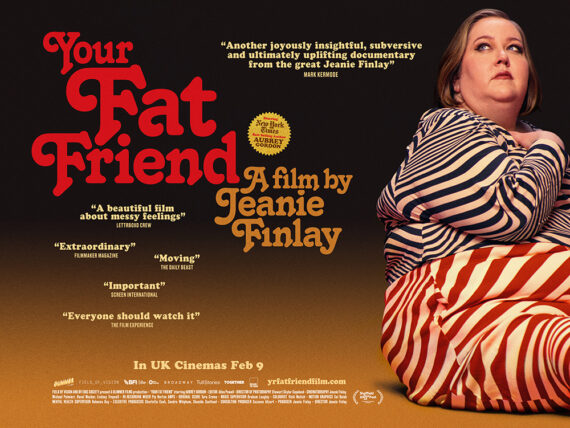
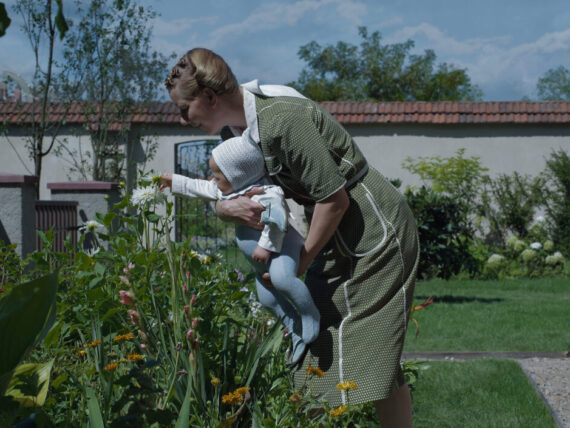
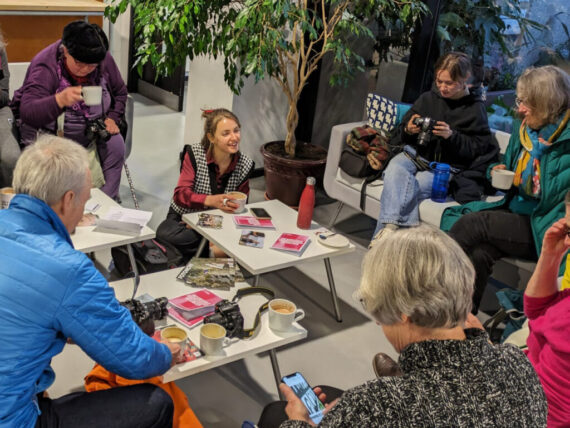
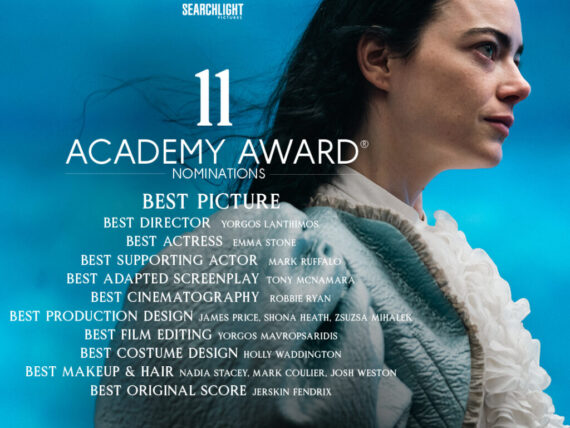
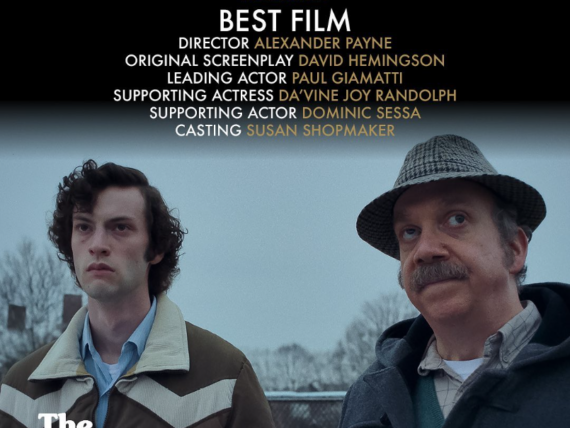
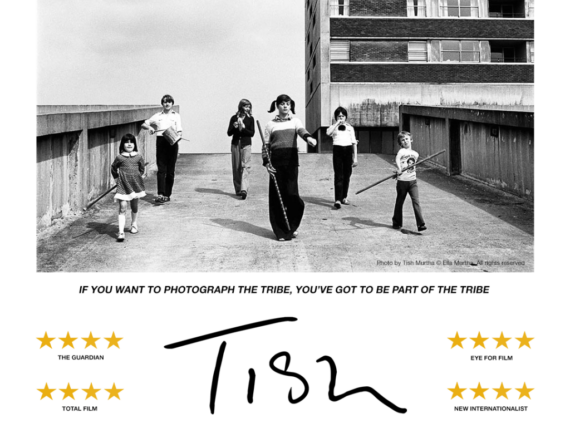
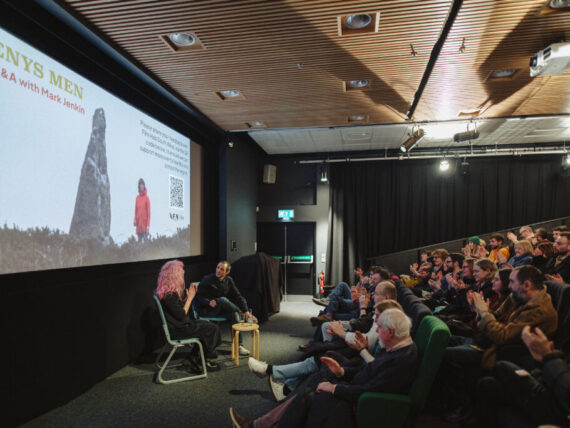
Comments
No comment yet.